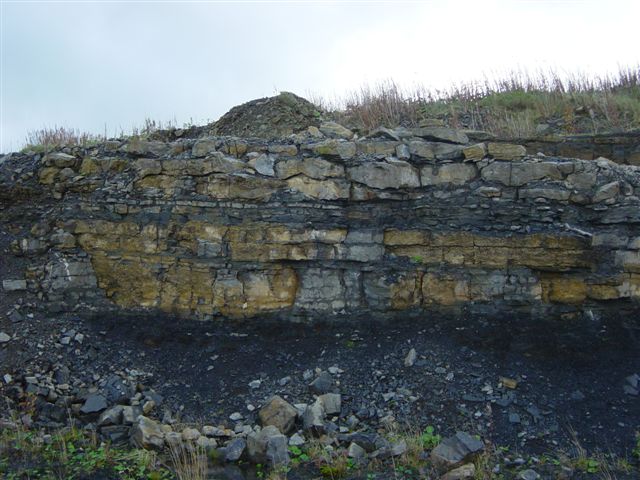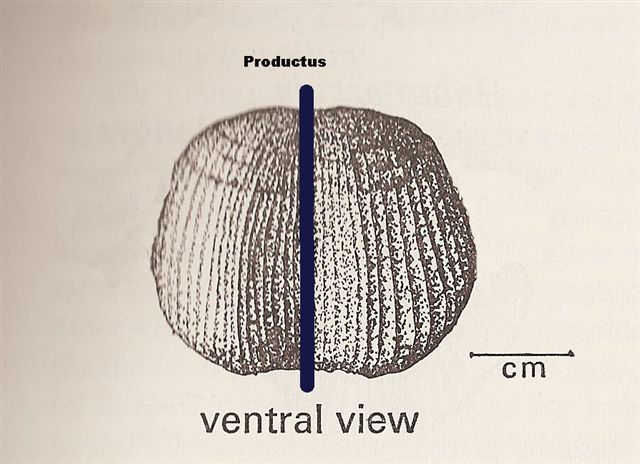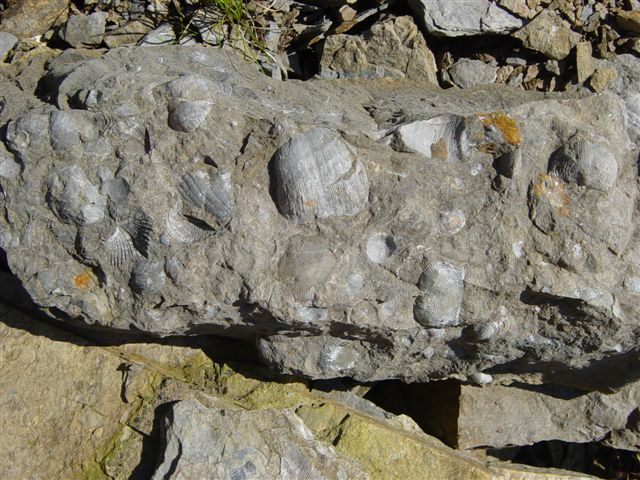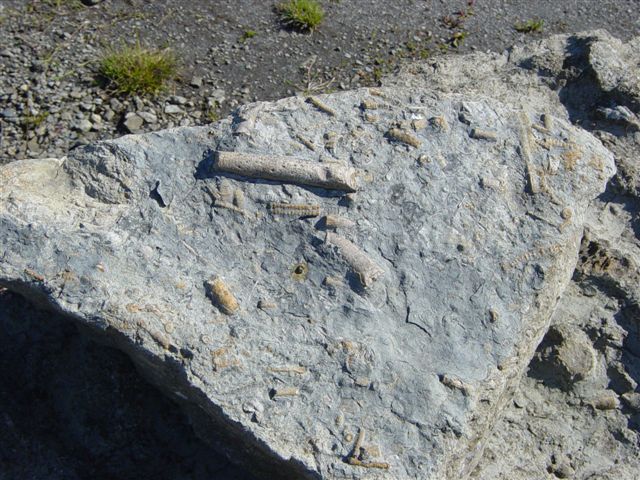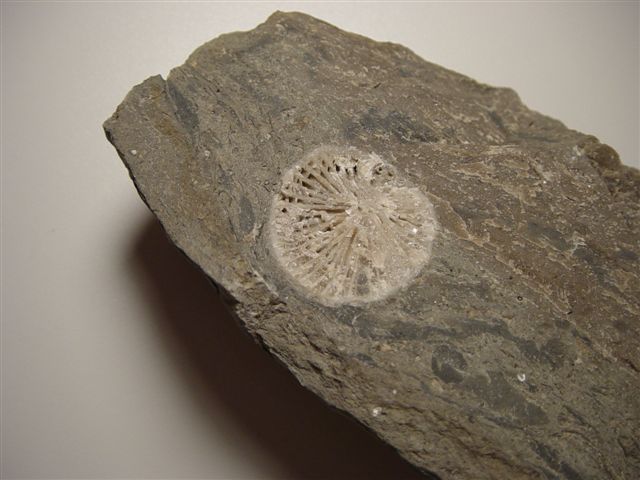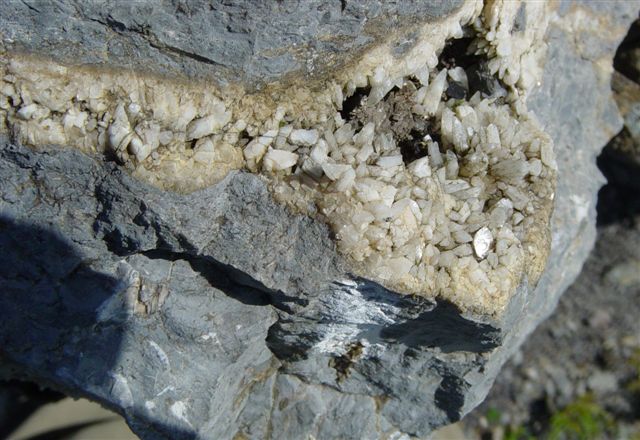15th July 2007 |
|||||||||||||||||||||
| TREARNE |
|||||||||||||||||||||
Trearne Quarry is situated about 1 mile outside the village of Gateside, near Beith in Ayrshire. Tour: self |
|||||||||||||||||||||
Weather: Bright periods. Summary of Geology : Following the outpouring of lavas which heralded the arrival of Carboniferous times in the Midland Valley of Scotland, sea levels rose and deposited at first muds and sands, followed by thick limestones formed partly from chemical precipitation of calcium carbonate and partly by the accumulation of the hard parts of marine organisms which flourished in the warm tropical seas. Evidence of the marine transgression can be found throughout Britain, during a period (350-290 Ma) when the country lay close to the Equator. Within the overall context of rising sea levels however, relatively rapid fluctuations were common, with limestones being formed when seas were deeper and clearer, and mudstones when the supply of sediment from neighbouring landmasses was greater. At times, the land rose above sea level and a thick tropical vegetation developed, later to be buried, compressed and converted into coal. This cycle of sedimentation is repeated again and again during Carboniferous times, but the pattern is clearest in England, where coal seams are thin in lower "carboniferous limestone" times, become thicker in "millstone grit" times and reach their thickest in upper carboniferous "coal measures" times. At Trearne however, only a thin coal seam can be located at the base of the succession. Alternating limestones and shales predominate here, and are classed within the Lower Limestone Group, a division of Lower Carboniferous, or Dinantian times. The shales accumulated slowly, and have been compressed to perhaps 20% of their original thickness as a result of the squeezing out of their water content by the weight of rocks laid down above them. As a result, the fossils within them, although abundant, have been flattened and are soft and fragile. In the case of the limestones, compression has been less, perhaps down to 80% of the deposited thickness, and abundant marine fossils are preserved, including solitary and colonial corals, crinoids and brachiopods. The commonest shellfish of the times, the brachiopods, lived attached to the sea bed by a stalk known as the pedicle (rarely preserved). They were bilaterally symmetrical (as illustrated below) and strongly inequivalve. This distinguishes them from the predominant shellfish of modern beaches, the bivalves or lamellibranchs, which are generally asymmetrical but are equivalve (a notable exception being Pecten, the common scallop). Occasional dolerite dykes cut the sedimentary succession at Trearne, and have caused fissuring and the emplacement of minerals, usually calcite, although pyrite, chalcopyrite, barite and fluorite may also be found.
|
|||||||||||||||||||||
|
|||||||||||||||||||||
